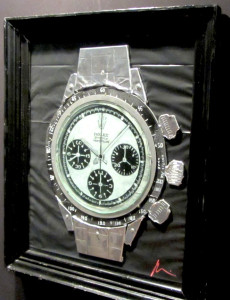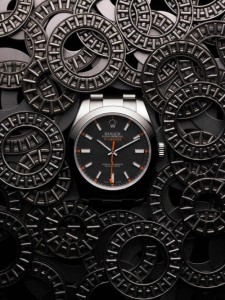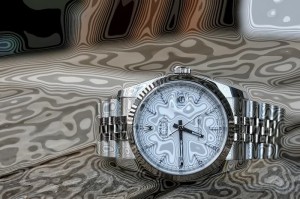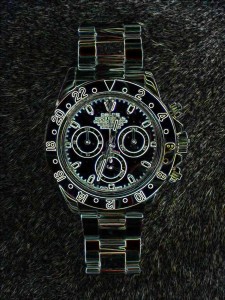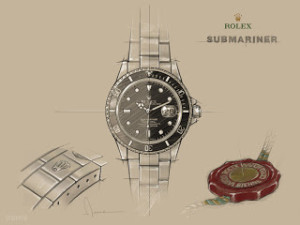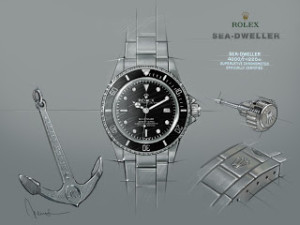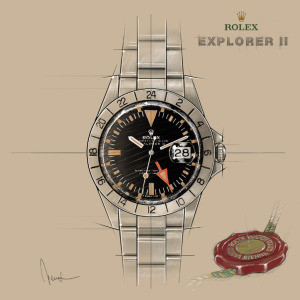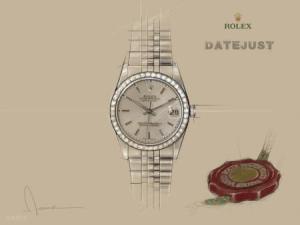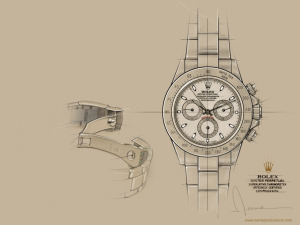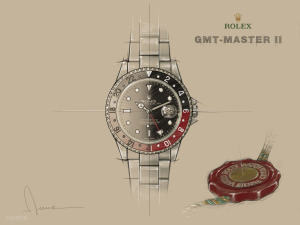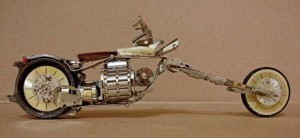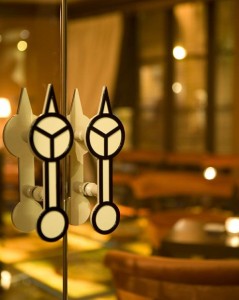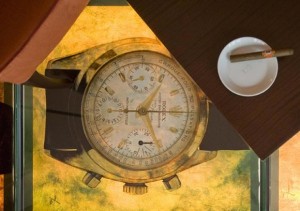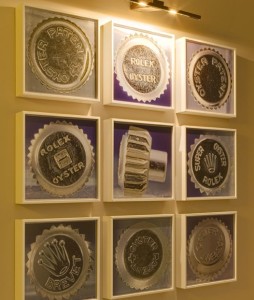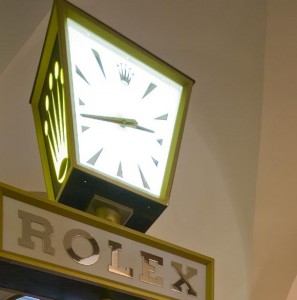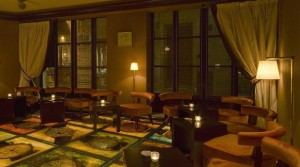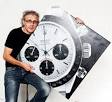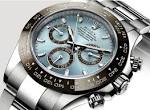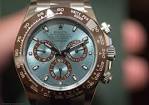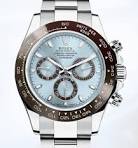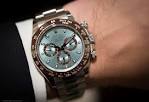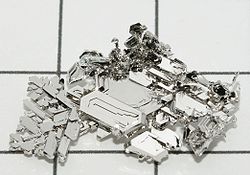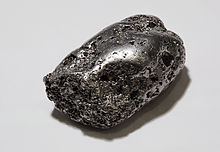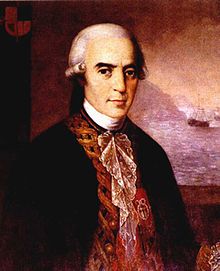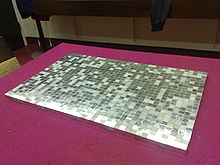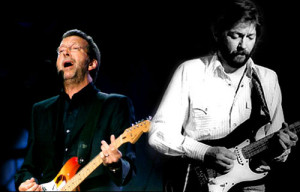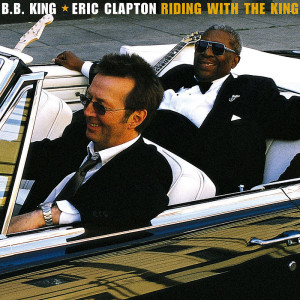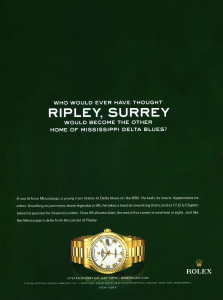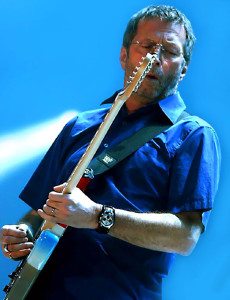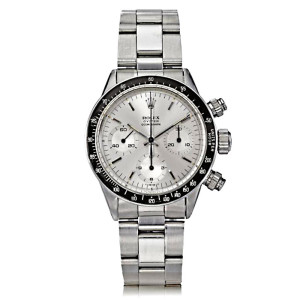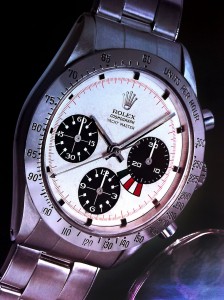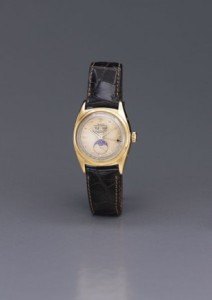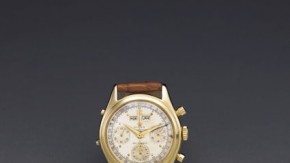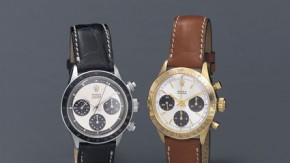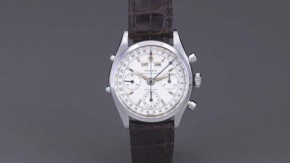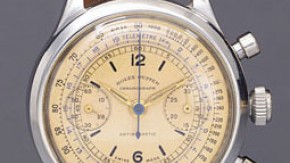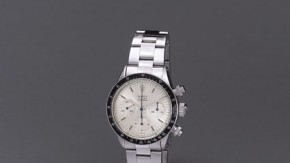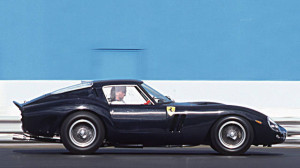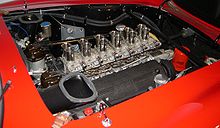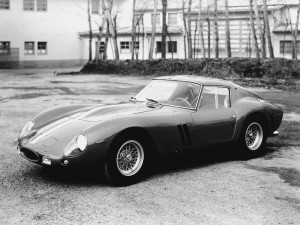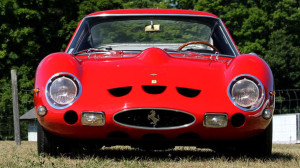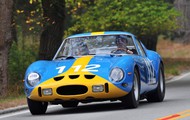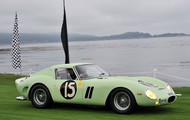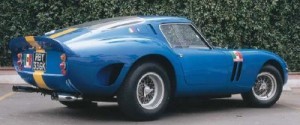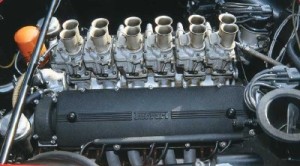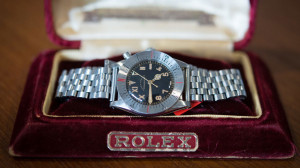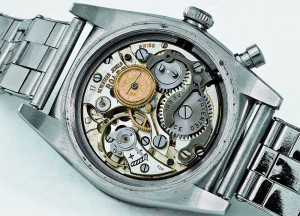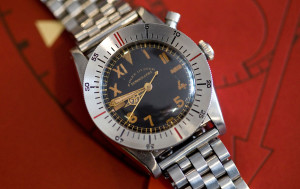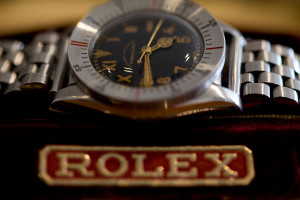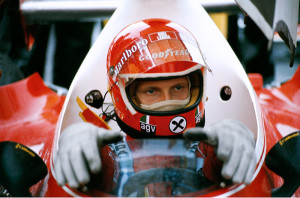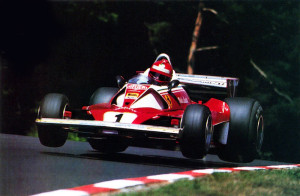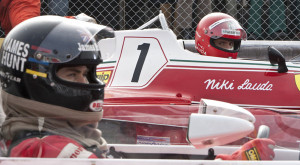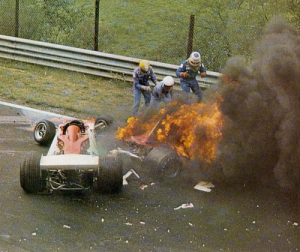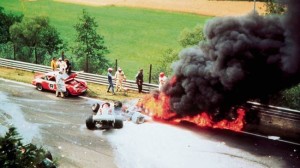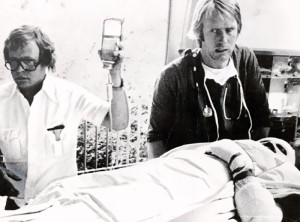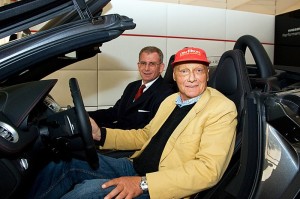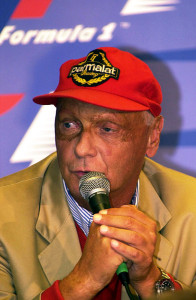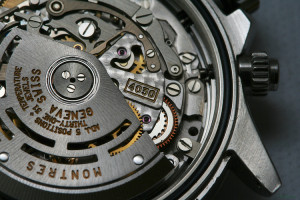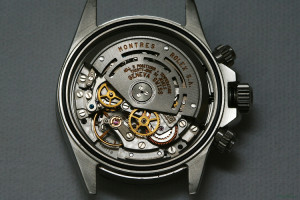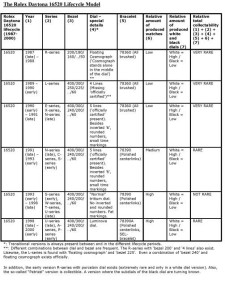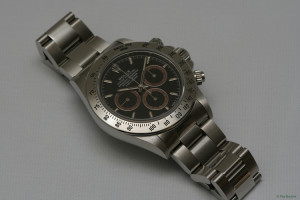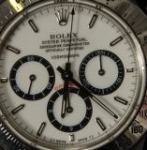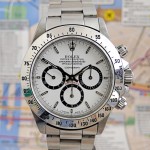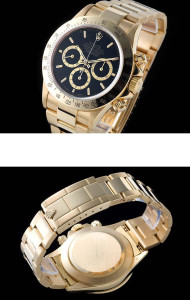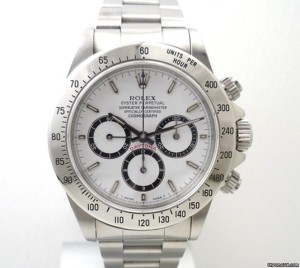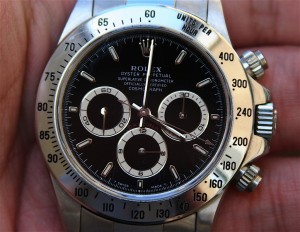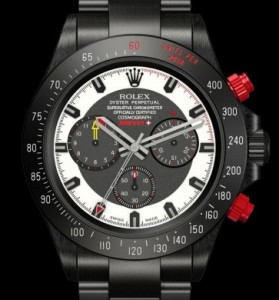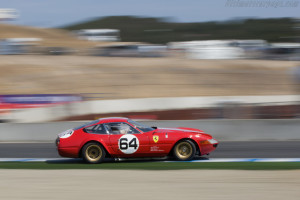
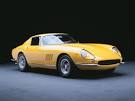
Pic.: Ferrari 275 GTB/4
In 1968, when Ferrari replaced the 275 GTB by the 365 GTB/4 Daytona, there was no talk about a racing version, so an extremely successful competition era threatened to come to an end. During this period the Ferraris, particularly the GT descendants, had dominated GT racing.
The manufacturer had several reasons for putting the client racing program on hold, especially because of the sharply rising costs for the sports car and F1 activities and due to the fact that clients became more focused on prototype racing.
However, the 365 GTB/4 had the same racing DNA as its predecessors, so it did not take long before someone took up the gauntlet to race with the Daytona.
It was no surprise that this person was Luigi Chinetti. Chinetti had been involved in the creation of Ferrari from the very beginning.
After WW II Europe resumed racing and Chinetti took part in the competitions. In 1949, in the 24 Hours of Le Mans, he drove the first Ferrari to win this race and he set up the record of the first racing driver to win the race three times until then. The Ferrari 166 MM, driven by Chinetti during the 24 Hours, was taken over by Baron Selsdon of Scotland (Peter Mitchell-Thomson) for 20 minutes, so he became the official co-driver. More important is that Chinetti had covered twenty three hours of the 24 Hours. After the race Thomson bought the Ferrari 166 MM via Chinetti.
In the same year Chinetti won the 24 Hours of Spa for the second time in a Ferrari, together with Jean Lucas.
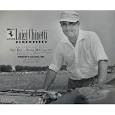
Pic.: Luigi Chinetti
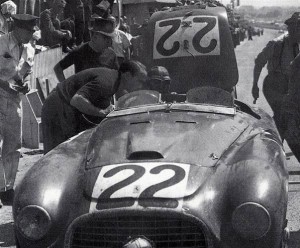
Pic.: Luigi Chinetti in the Ferrari 166 MM during the 24 Hours of Le Mans in 1949
Later Chinetti became the Ferrari importer for North-America and for a long time he had taken part in races with the North American Racing Team (NART), his private team. In 1969, with an alloy-bodied Daytona he participated in the Daytona and Sebring races, his best result being the 12th position in the latter race.
Strengthened by his Daytona’s performance, Chinetti contacted his old friend Enzo Ferrari, trying to change Enzo’s mind about making a racing version of the Daytona. Enzo suggested the following. The Ferrari ‘Assistenza Clienti’ (client service) would prepare a series of 5 Daytonas for the 1971 racing season. A crucial element of the arrangement between Chinetti and Ferrari was ‘Gestione Sportiva’ (plant’s racing department) not getting involved in this undertaking. In this way Ferrari could say that they were not connected with the Daytona Competizione, while he remained on good terms with the loyal clients.
Built according to the Group 4 regulations, the bodywork of the Daytona Competitizione was entirely made of aluminium and the windows were made of plastic, resulting in 400-kg weight-saving compared to the relatively heavy road version. Changes of the car’s exterior included the removal of the bumpers and applying small ‘fences’ on the front mudguards in order to improve stability at a fast pace. The engine modifications were limited to a cold air box and an open exhaust system. The horsepower capacity increased by 50 to impressive 402.
Technical data of the Daytona Competitizione:
Engine
Type
rear, longitudinal flat-12
Bore/stroke
81 x 71 mm
Unitary displacement
365.86 cc
Total displacement
4390.35 cc
Compression ratio
9,9:1
Maximum power
316 kW (430 hp) at 7800 rpm
Power per litre
98 hp/l
Maximum torque
461 Nm (47 kgm) ar 5500 rpm
Valve actuation
twin overhead camshafts per bank, two valves per cylinder
Fuel feed
six Weber 40 DCN 21 carburettors
Ignition
single spark plug per cylinder, two coils
Lubrication
dry sump
Clutch
single-plate
Chassis
Frame
tubular steel
Front suspension
independent, unequal-length wishbones,
coil springs, telescopic shock absorbers, anti-roll bar
Rear suspension
independent, unequal-length wishbones,
coil springs, telescopic shock absorbers, anti-roll bar
Brakes
discs
Transmission
5-speed + reverse
Steering
worm and roller
Fuel tank
capacity 125 litres
Front tyres
255/10/15
Rear tyres
275/11/15
Bodywork
Type
two-seater berlinetta
Length
4425 mm
Width
1760 mm
Height
1245 mm
Wheelbase
2400 mm
Front track
1478 mm
Rear track
1515 mm
Weight
1240 kg (dry)
Performance
Top speed
310 km/h
Acceleration
0-100 km/h
Prototype
1 12547
Series I alloy
5 14407, 14429, 14437, 14885, 14889
Series II
5 15225, 15373, 15667, 15681, 15685
Series III
5 16343, 16363, 16367, 16407, 16425
offical conversions
8 12467, 13367, 13855, 14065, 14107, 14141, 15965, 16717
Total
24
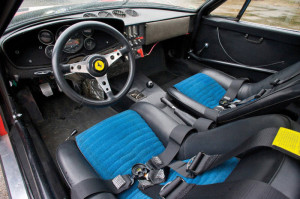
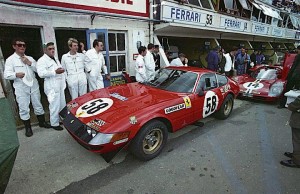
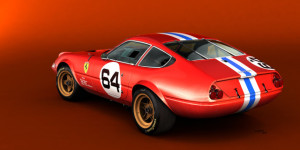
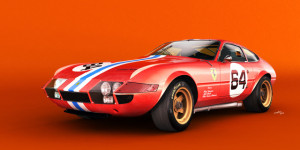
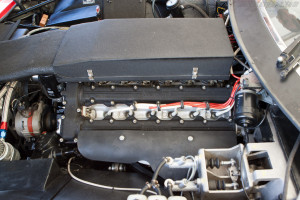
Apart from Chinetti, experienced Ferrari ‘privateers’ like the French importer Charles Pozzi and the Scuderia Filipinetti bought the new GT racer as well. The second car of the series I was sold to an Italian fan who chose to drive the mighty machine on public road. Ready in the autumn of 1971, the Daytona Competizione made its debut in the Tour de France where the cars of Filipinetti and Pozzi finished fourth and tenth overall respectively. The final important performance of the car in 1971 was during the Montlhery 1000 km where Pozzi’s car finished third overall and second in its class.
In the winter of ’71/’72 another five steel bodywork cars were built with 430 hp engines. The Daytona Competizione made an important breakthrough during the 24 Hours of Le Mans in 1972 where a series II sample of Pozzi finished fifth overall and first in its class before four sister cars.
The Daytona Competizione’s versatility was also emphasized by the Le Mans class winner having achieved a clear-cut victory in the Tour de France one year later. Also at the other side of the Atlantic Ocean the Daytonas were used for racing successfully.
For the 1973 season five cars were built with even more powerful engines and they continued to be successful with two class victories at Le Mans. Along with the prototype for Chinetti and the fifteen samples manufactured by Ferrari’s ‘Assistenza Clienti’ several Daytona road versions were updated to Group 4 specifications in the early 70s. Many of those cars made a long and successful racing career; one of them even finished second overall during the Daytona 24 Hours in 1979.
Below the history of the five Daytona Competiziones from series I is elucidated:
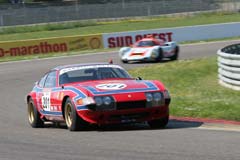
A new car, Chassis 14407, was delivered to Charles Pozzi in the summer of 1971, the first of five samples to be built that year. It made its competition debut by finishing tenth in the Tour Auto and third overall in the Montlhery 1000 km. In the following years there was large-scale racing with 14407 leading to a class victory at Le Mans in 1974 by Bardini and the former owner Cyril Grandet being the best results. Eventually, the car ended up with a Dutch fan who restored it from top to bottom and started racing with it, inter alia, in the 2005 Auto Tour (see picture).
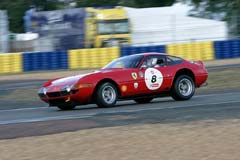
Chassis 14429:
This is the sole sample of the 15 Daytona Competiziones built that was not used for racing in the 70s. Chassis 14429 was bought by Enzo Ferrari’s close friend Dottore Paolo Mariani who drove it on public road. In the following years the car was owned by various people until Sir Anthony Bamford bought it in 1994. He had the car prepared for racing, but it was used for this purpose only a few times. As of 1999, the 14429 has had a Swiss owner who is participating, among other things, in the Tour Auto and Le Mans Classic.
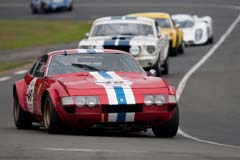
Chassis 14437:
This sample was intended for the Scuderia Filipinetti being the first to drive it in the Tour Auto where Vic Elford and Max Kingsland finished fourth with it. After chassis 14437 had crashed at Le Mans in 1972, it was on the sidelines until it was eventually sold. The actor Paul Newman bought the car in 1977 and he finished fifth overall in the Daytona 24 Hours together with Milt Minter and Elliott Forbes-Robinson. After a short break in the Matsuda collection, the car is presently owned by an American enthusiast who is actively involved in car racing in the USA and Europe.
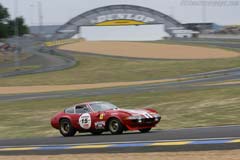
Chassis 14885:
This is the first of the 2 Daytona Competiziones to be sold to Luigi Chinetti’s NART team. This sample raced on the Daytona and Sebring circuits at the beginning of the 1972 season. The best result was gained on Sebring where Luigi ‘Coco’ Chinetti and Bob Grossman finished second in its class. In the 90s the car returned to the circuits, being owned by a German fan at that time. The picture shows the 14885 in the hands of Sir Anthony Bamford who participated in the Tour Auto and the Spa CER race in 2005 and in the 2006 Le Mans Classic.
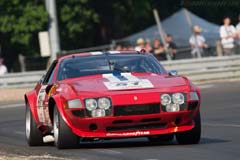
Chassis 14889:
The final sample of the series I was newly delivered to the NART team that frequently raced with it during the 1972 and 1973 seasons. Its best result included a fifth overall position in the Daytona 24 Hours in 1973, driven by Bob Grossman, Luigi ‘Coco’ Chinetti and Wilbur Shaw Jr. The 14889 stayed in the USA for a long time until it was bought by the Frenchman Jean Guikas who took part in Le Mans Classic in 2010.
Jaap Bakker
